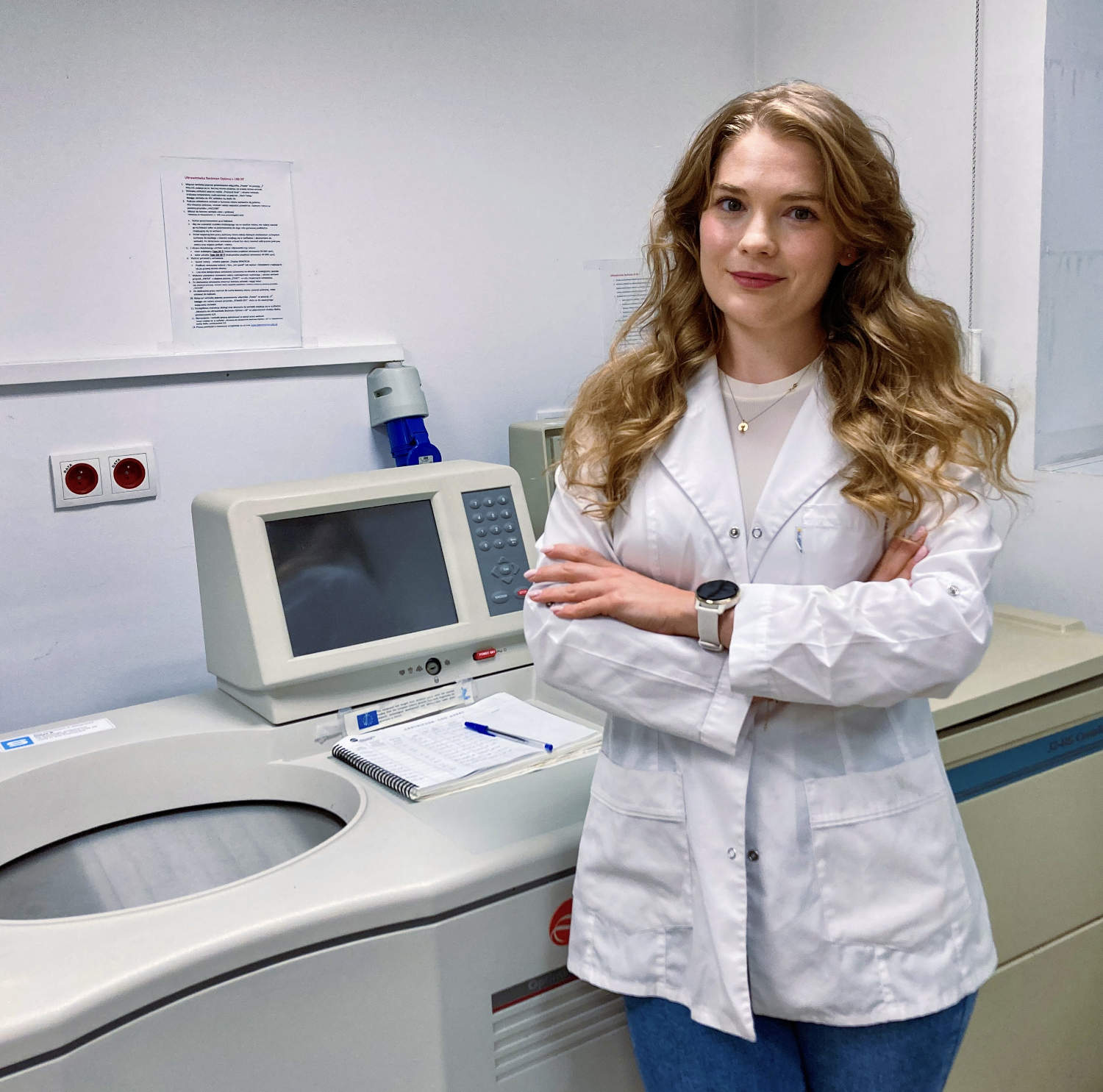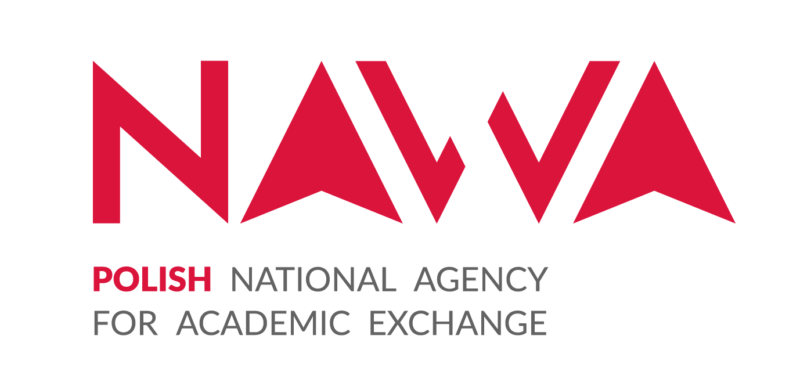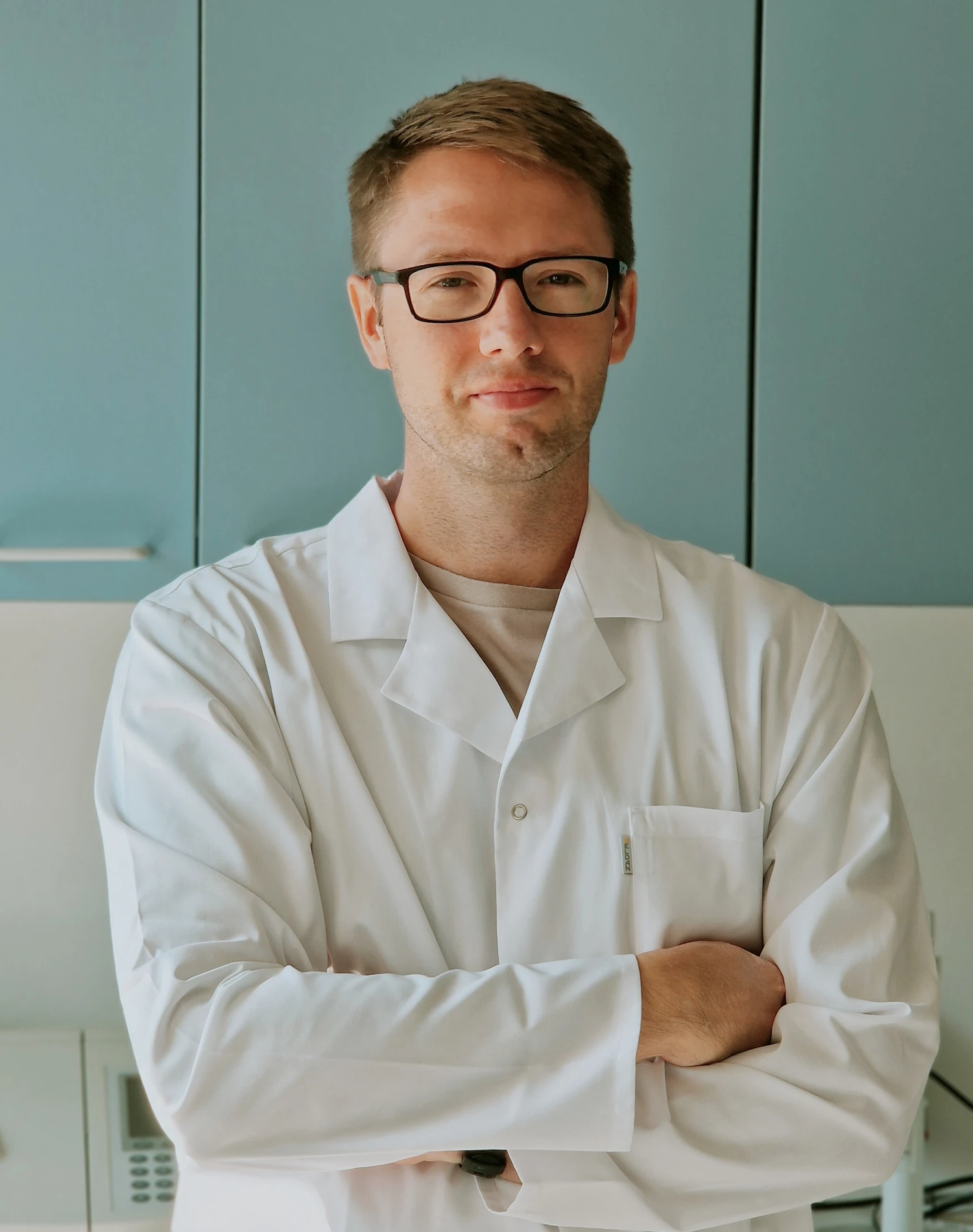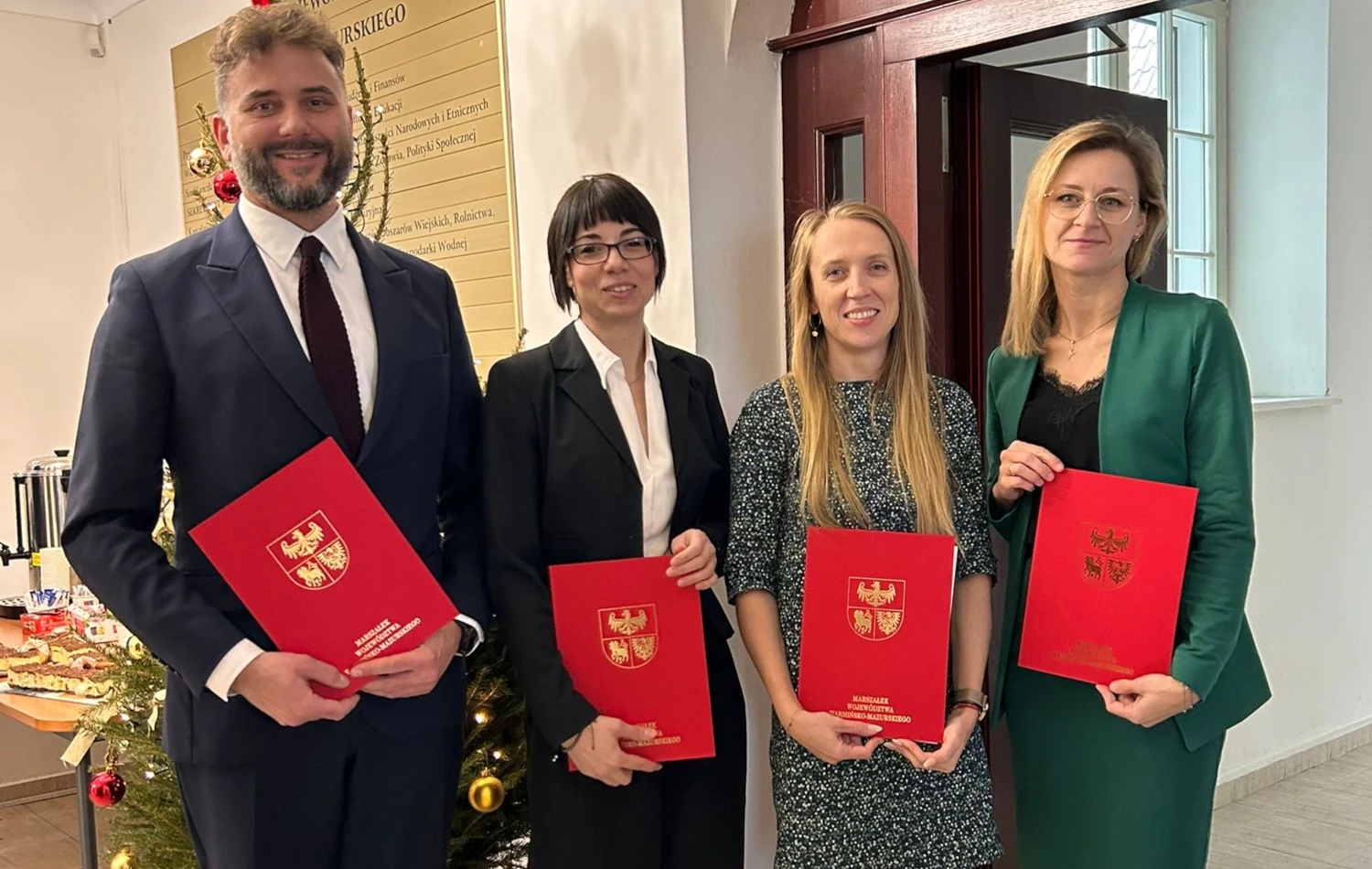
On the International Day of Women and Girls in Science (February 11), we give the floor to two representatives of our Institute: Prof. Monika M. Kaczmarek and Dr. Małgorzata Starowicz. Monika studies the interactions between offspring and mother during pregnancy and shortly after birth, and since January, she has been the new director of the Institute. Małgorzata specializes in researching the health-promoting effects of bioactive compounds from food and is the leader of a research team. Although they are at different stages of their scientific careers, they share similar experiences, such as being leaders, balancing work with family life, and being involved in mentoring and supporting other women.
The International Day of Women and Girls in Science is a celebration established a few years ago by the United Nations General Assembly – at the request of the world’s largest organizations that support and value women and girls’ access to science, technology, engineering, and mathematics (STEM) education and research at all levels. How do you perceive this initiative?
Monika M. Kaczmarek: The idea of supporting women conducting scientific research is particularly important to me, for obvious reasons. But it is equally important to highlight women’s and girls’ access to education, especially in STEM fields, particularly in countries where their situation is not as favorable as in ours.
Małgorzata Starowicz: For me, this day reminds me of the history of women’s emancipation and their struggle for their dreams. Throughout different historical periods, women have proven that they can achieve great things in science and make important scientific discoveries, despite many obstacles. They stepped outside the norms and fought for their rights. I really like that on this day, the media highlight examples of well-known, as well as lesser-known, women who made significant discoveries in various scientific fields.
How would you assess the situation of women in science in Poland?
M.M.K.: I believe that the situation of women in science in Poland is generally good. We have access to education all the way to university, and statistics show that more than half of students are women. Their involvement in technical and life sciences is also increasing.
However, if we look at the situation of women at later stages of their scientific careers, it’s not so optimistic, because the higher up the career ladder you go, the fewer women there are. You can easily observe this, for example, by checking how many deans are men, and how many are women; let alone the position of university rector or research institute director. Therefore, in my opinion, a major challenge is still increasing the participation of women in leadership positions, so that decision-making processes also consider women’s perspectives and needs.
What could be the reason for this?
M.S.: I think there are several reasons. First of all, it is usually women who bear most of the household responsibilities, including raising children – although, of course, men’s roles in this area are changing. Some women truly prioritize their families, which is why they don’t continue their careers. Also, some women are intimidated by the recruitment requirements for high positions – they think they can’t meet those conditions, even though they have the same qualifications as the male candidates.
M.M.K.: We often experience the so-called „imposter syndrome” – we downplay our abilities and only take on challenges when we feel 120% prepared. However, this is not only a matter of internal doubts, because women are still sometimes discouraged from certain actions. We still hear stereotypical arguments that we allegedly lack leadership qualities or decision-making skills. This is not only unfair but also untrue.
I also agree with the statement that one of the main reasons for women’s absence at higher levels is career slowdown due to motherhood – regardless of the field in which we work. In my opinion, this is the greatest inequality of opportunity between women and men, and the thickest glass ceiling that is still difficult to break.
The „Functioning of Women and Men in Science” report – conducted three years ago by the National Science Center, in which I was involved – clearly showed that women still experience gender-based discrimination. This is not only seen in career advancement barriers but also in mobbing, discrimination against women planning pregnancy or raising children, and even patronizing treatment.
How can the negative career effects of maternity leave for women be minimized?
M.M.K.: One example of solutions is to consider „academic” age (e.g., the number of years since obtaining a doctoral degree) rather than chronological age in scholarship or grant applications. We can’t bypass physiology – women give birth to children, so considering maternity breaks in evaluating scientific achievements should be standard practice.
M.S.: Fortunately, I increasingly encounter the acknowledgment of maternity breaks, which is a visible and progressive process. Moreover, considering experience, rather than age, is especially important in today’s reality, where women start their scientific careers at different stages of life. I know cases of women who started their careers in companies and only later decided to pursue a scientific path.
We’re talking about motherhood, but how do you manage to balance your scientific career with family responsibilities?
M.M.K.: I believe that the key is the support of a husband, partner, and close family members, such as parents or friends, who help organize childcare. The most demanding period is definitely the first few years, when children need a lot of attention and care. During that time, I often took my family with me to work trips – for example, international conferences, but also scientific picnics. I admit that I work a lot, but I’m fortunate that my family knows that science is also my passion.
Equally important, however, is finding a moment to take a breather from work and obligations – a time to slow down my thoughts and reflect. This gives me the strength to take on new challenges.
M.S.: Maintaining this balance isn’t easy, there’s no denying it. But because of this, I’ve learned to manage my time better. I give 100% at work, so that when I return home, I can focus on my family. Of course, there are days when I need to work after hours. Still, I try to separate those roles. I care about doing my job professionally. After all, I’m a team leader, so others rely on me.
Of course, none of this would be possible without the support of my loved ones – my husband, family, and even colleagues. When we face something together, it’s easier. I’ve also learned to let go and drop certain topics if they’re not a priority for me.
You talk a lot about support from loved ones. What about support from women for women? Can it help young women pursue a scientific career?
M.M.K.: I always advise girls who want to develop – not just in science but in other areas as well – to find a kindred spirit in the form of a mentor. Someone they can talk to about both professional and personal matters. It’s important to have someone who, at a crucial moment, will tell you: „You are enough. You can do it.”
Support from women is extremely necessary. On one hand, I benefit from the support of female colleagues, and on the other hand, I eagerly share my knowledge and engage in mentoring programs (such as TopMinds) and try to push other girls forward.
M.S.: Absolutely. At different stages of my career, I encountered women mentors and participated in various mentoring programs. I started as a participant, and now I’ve become a mentor myself, including in the international WE Lead Food program (EIT Food).
I also think that every scientist needs someone to support them professionally, while understanding their other commitments. I work with many women. We often share our problems, doubts, but also advise and encourage each other to participate in various activities. It’s very uplifting.
Which type of support for women in science do you favor: formal, top-down, or grassroots, such as mentoring?
M.S.: I think a balance is necessary. On one hand, many projects require a certain percentage of women’s involvement, or there are requirements that women hold leadership positions. But this is not always realistic because sometimes there are no „available” women with the necessary qualifications. Therefore, I think the other side should be grassroots support, which really empowers women to fight for their careers and show what they’ve achieved.
M.M.K.: Of course, some formal measures are needed, such as implementing gender equality plans in institutions, but these regulations should be implemented appropriately. Forcing the presence of a woman on a team may suggest that she is there just because of her gender, which is already a form of discrimination. Here, percentages or numbers shouldn’t be the deciding factors – competencies should, and women have plenty of them.
Do you have any advice for a young woman wondering whether to pursue a scientific career?
M.S.: First of all, I advise you not to be afraid of your dreams and not to worry about stereotypes. Today, there are plenty of opportunities for women in science. Every woman must work out her own path, but everything is possible. And remember, girls, you are not alone.



















































